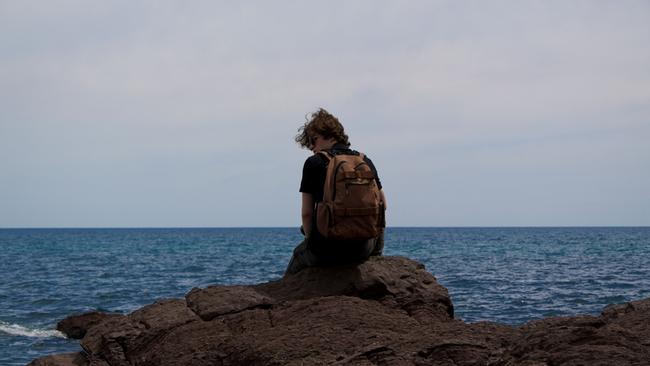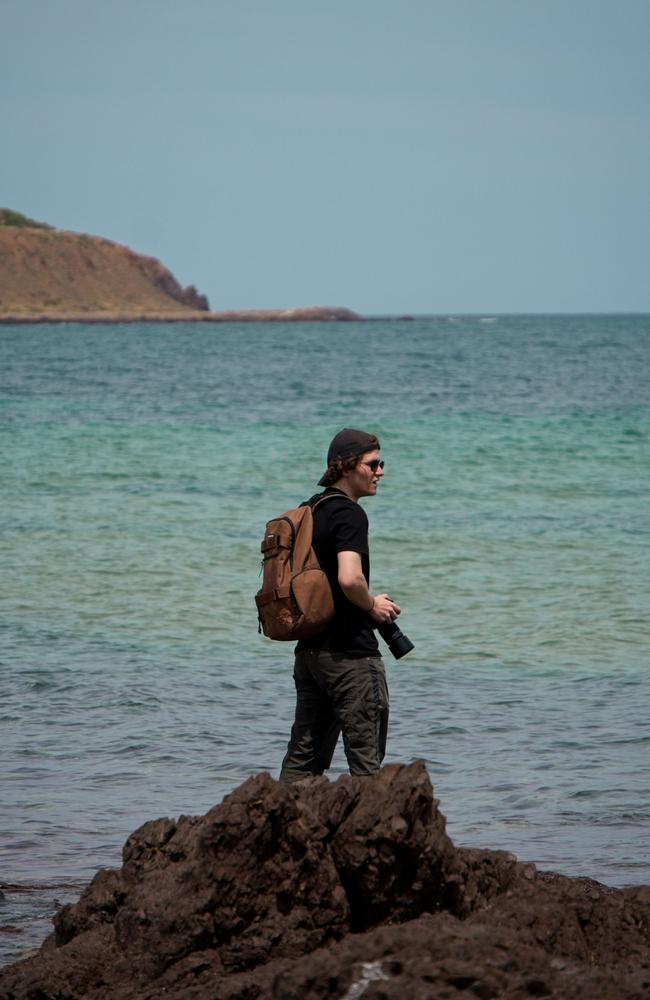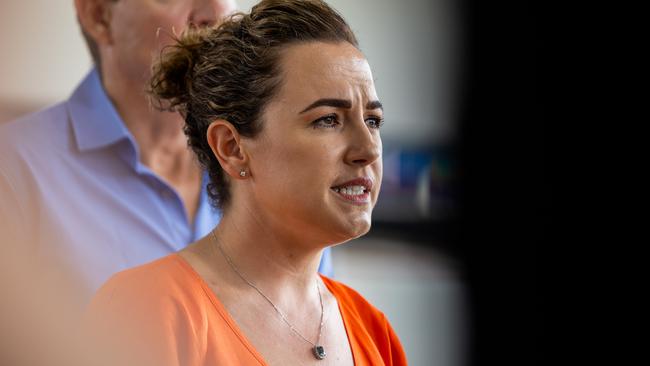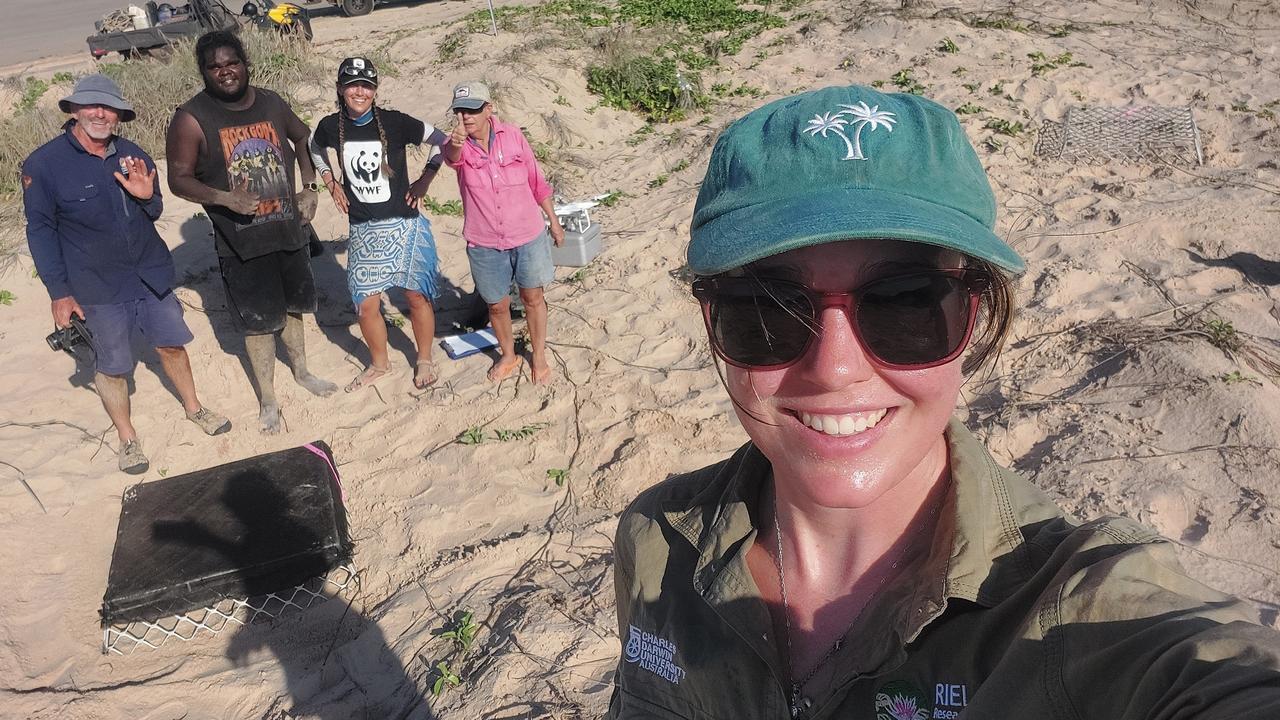Keegan, 20, thriving at university after five years living in Alice Springs foster care
A boy who went through five foster homes in Alice Springs says the experience taught him how resilient people could be in ‘tremendously difficult circumstances’.

A boy who went through five foster homes in Alice Springs has a message for other Northern Territory kids in care: “it gets easier”.
Keegan went into care when he was 12, and spent five years in care with five different families.
Keegan, now 20, said his biggest lesson from his teens was “how resilient people can be in tremendously difficult circumstances”.
“While it’s tough at the start, it gets easier,” he said.
Keegan is still in touch with his last carer and said he was grateful for the support he received during his teenage years to help prepare him for the transition out of care, and to get started studying IT at university in Adelaide.

Marking World Care Day on Friday, the NT Department of Children and Families said “we’re incredibly proud of Keegan and all the young Territorians in care and we’re committed to supporting them to overcome adversity and helping them thrive”.
“They deserve to live a safe, happy and healthy life and connecting them with the right support services and community partners is a key part of this process,” the department said in a statement.
“It’s an emotional, sensitive and sometimes heartbreaking topic, but one that also encourages us to celebrate young people like Keegan who are writing their own success stories.”
It comes as the Country Liberal government flags changes to NT child protection laws, claiming it had been made aware of at least six cases where the safety of a child had potentially been put at risk due to strict adherence to the Aboriginal Child Placement Principle.
The principle states children should be placed with a family member in the first instance, with Aboriginal carers if no suitable family member is available, and only be placed with non-Indigenous carers as a last resort.
Proposed reforms would give courts more discretion not to apply the principle if it deemed it could risk the safety and wellbeing of the child or adults.

The move has drawn criticism from several corners, advocates warning it would be a backwards step on a key Closing the Gap target to reduce the number of Aboriginal children in out of home care.
Chief Minister Lia Finocchiaro said “culture cannot be put ahead of the safety and welfare of children”.
“We’re not afraid to stand up and say that amendments do need to be made,” she said.
“If they cause offence to people who’ve created national targets that’s really a matter for them; our focus is on making sure that little Territory children are given the best opportunity in life, and if we believe that means we need to strengthen the laws so that their right to be safe is above everything else, then that’s exactly what we’ll do.”
National Children’s Commissioner Anne Hollonds said the changes undermined basic protections for First Nations children to be able to grow up with their culture and community.
“The placement principle must be followed so Aboriginal and Torres Strait Islander children can have their rights protected and thrive,” she said.
Originally published as Keegan, 20, thriving at university after five years living in Alice Springs foster care




